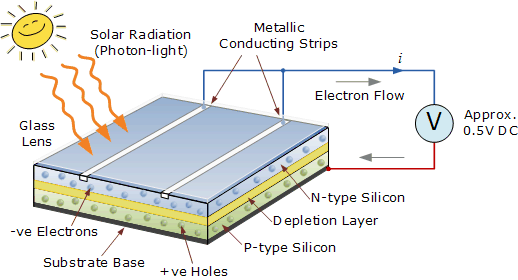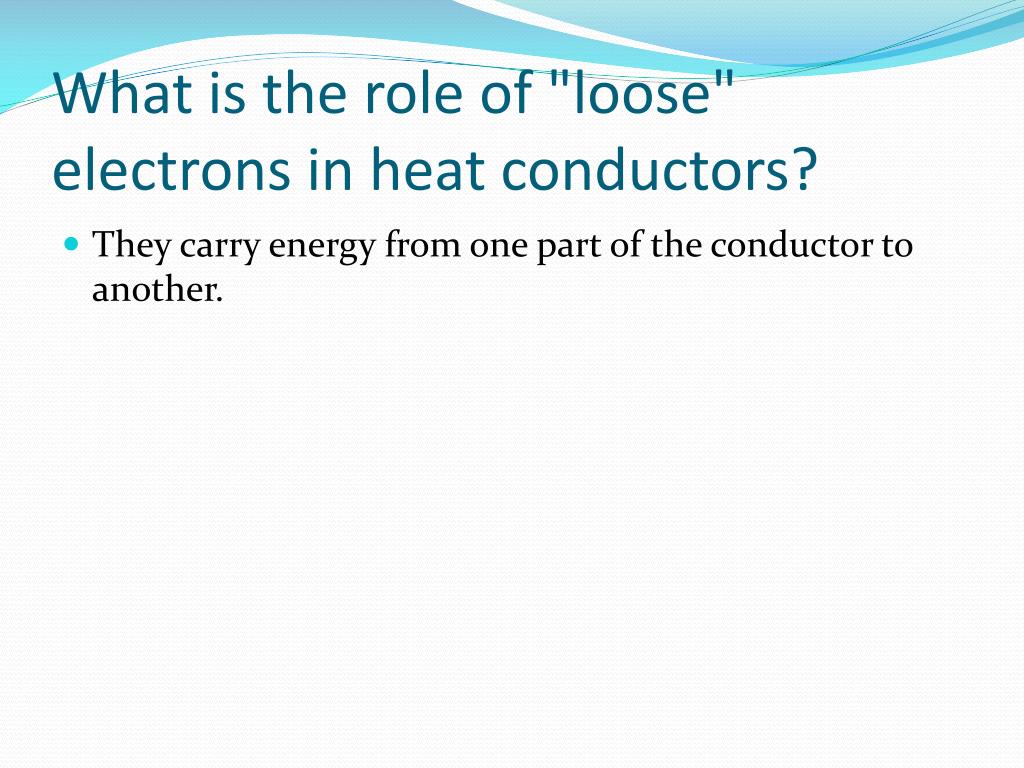Heat conductors are materials that are able to efficiently conduct heat, or transfer thermal energy from one location to another. The ability of a material to conduct heat is determined by several factors, including its atomic structure, density, and the presence of loose electrons.
One of the key factors that contributes to a material's ability to conduct heat is the presence of free, or "loose," electrons. Electrons are subatomic particles that are responsible for carrying electrical charge in an atom. These electrons are tightly bound to the nucleus of an atom, but in certain materials, some of the electrons are not as tightly bound and are able to move more freely throughout the material. These loose electrons are known as conduction electrons, and they play a crucial role in the ability of a material to conduct heat.
When a temperature gradient is present in a material, the conduction electrons are able to move from the region of higher temperature to the region of lower temperature, carrying thermal energy with them. This movement of electrons is known as electron conduction, and it is a key mechanism for the transfer of heat in conductive materials.
The presence of loose electrons is not the only factor that determines a material's ability to conduct heat, but it is an important one. Materials that have a high density of conduction electrons, such as metals, are generally excellent heat conductors. On the other hand, materials that have fewer conduction electrons, such as insulators, are not as effective at conducting heat.
In addition to their role in heat conduction, loose electrons also play a crucial role in the conductivity of electrical current in materials. When an electrical potential is applied to a material, the conduction electrons are able to move through the material, carrying electrical charge with them. This movement of electrons is known as electrical conduction, and it is an important property of materials that are used in electrical devices and circuits.
In conclusion, the role of loose electrons in heat conductors is to transfer thermal energy from one location to another through the process of electron conduction. The presence of conduction electrons is a key factor in a material's ability to conduct heat, and materials with a high density of these electrons are generally excellent heat conductors. Loose electrons also play a crucial role in the conductivity of electrical current in materials, making them an important consideration in the design and application of electrical devices and circuits.




